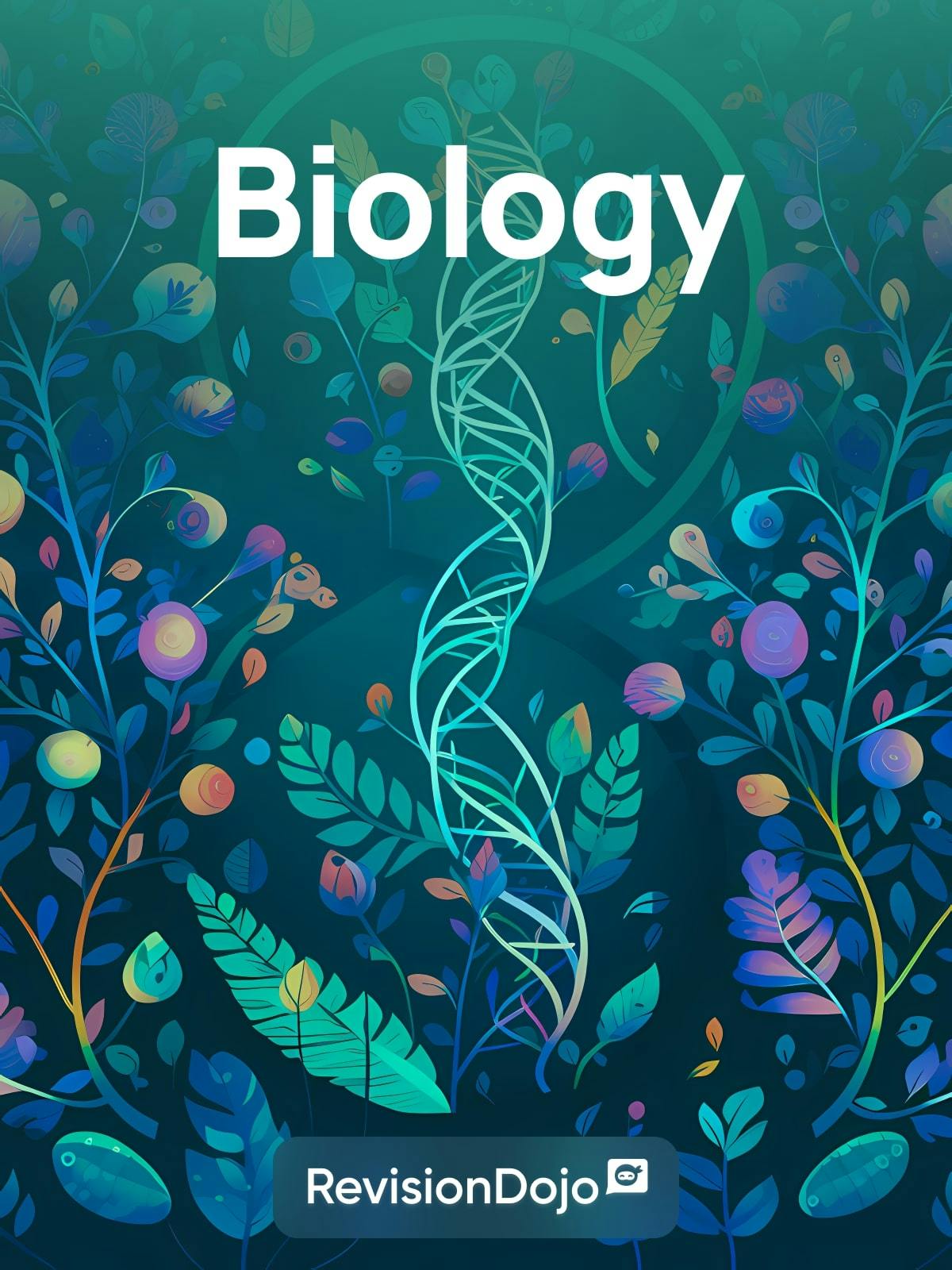
Option D - Human physiology
Question 1
SLPaper 3Outline one consequence for the heart of the eating disorder anorexia nervosa.
The micrograph shows cardiac muscle.

[Source: https://commons.wikimedia.org/wiki/File:Musculocardiaco.jpg by Goyitrina,
licensed Creative Commons Attribution-Share Alike 3.0]
The structure labelled X in the micrograph is a junction between two cardiac muscle cells. Identify the structure labelled X.
Question 2
SLPaper 3The diagram is of a liver sinusoid.

List the two blood vessels that supply the sinusoids.
State one feature in the diagram that identifies the structure as a sinusoid.
Excess nutrients absorbed in the intestine can be stored. State one example of a nutrient stored in the liver.
Question 3
SLPaper 3The scanning electron micrograph (SEM) shows a cell in the liver responsible for the breakdown of erythrocytes. The cells are found in the lining of the sinusoid walls.

Identify cell X shown in the diagram.
Outline the role of the cell in recycling iron in the body.
Explain reasons for the dual blood supply to the liver.
Question 4
SLPaper 3Discuss the causes and consequences of malnutrition in humans.
Question 5
HLPaper 3Explain how ventilation rate is changed during vigorous physical exercise.
Question 6
SLPaper 3The diagram shows metabolic pathways for lactate in humans.

State the name of the blood vessel through which lactate from muscles reaches the liver
Compare and contrast the possible metabolic pathways for lactate in hepatocytes and in mitochondria-rich tissue.
List two functions of hepatocytes other than regulating lactate levels in the blood.
Question 7
HLPaper 3Athletes taking growth hormones show an increase in their sprinting capacity. This is not maintained after discontinuing the drug. Suggest one reason for the disappearance of the effect.
Distinguish between the mode of action of steroid hormones and peptide hormones.
Identify with reasons whether the pituitary gland is an exocrine or endocrine gland.
Question 8
HLPaper 3Cells on the surface of intestinal villi have microvilli, which provide a large surface area for absorption. State another structural characteristic of these villus cells that adapts them to the absorption of nutrients.
Question 9
HLPaper 3The diagram shows part of the control of the pituitary gland by the hypothalamus and, at the same time, the control of secretion in the breasts and the ovary by the pituitary gland.

Using the diagram, identifyan organ containing an exocrine gland.
Using the diagram, identify a hormone involved in the development of a follicle.
Using the diagram, identify a steroid hormone.
State two effects of prolactin.
List two hormones produced by the posterior pituitary gland.
Question 10
HLPaper 3The graph shows the Bohr shift.

[Source: From The New England Journal of Medicine, Connie C.W. Hsia, Respiratory Function of
Hemoglobin, Volume 338(4):239–47. Copyright © 1998, Massachusetts Medical Society. Reprinted with permission
from Massachusetts Medical Society.]
Using the graph, explain the Bohr shift.
State two modes of transport of carbon dioxide in blood.
State the effect of carbon dioxide in blood on the rate of ventilation.
Describe what happens to the hemoglobin from old or damaged red blood cells that are broken down.
